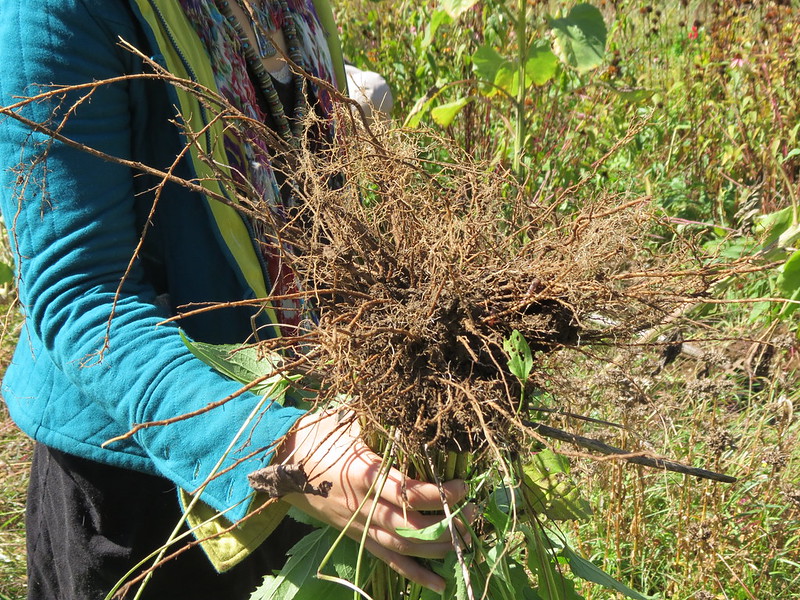Tall, brightly colored daisy-like flowers with large seed pods make coneflowers, also known as Echinacea, stand out. These hardy herbaceous perennials grow in zones 4 through 9 and attract various pollinators. Coneflowers lend a meadow or cottage-like feel to a bed or border. Once you have some growing, it’s normal to want more of these beautiful and low-maintenance plants in your garden.
Coneflowers form clumps that gradually expand over time, although these plants are more likely to spread by self-seeding. You can speed up the process by propagating coneflowers using one of three methods: division, seeds, and root cuttings.
Methods To Propagate Coneflower
Coneflowers feature thick, tuber-like roots known as rhizomes, or a deep tap root. For Echinacea purpurea and its hybrids, plants can be divided by digging up and separating one large plant into smaller plants by untangling or cutting the rhizomes. Separating plants is quick and easy, and it’s a great solution if your coneflowers have outgrown their current home.
The thick, brown cones at the center of the coneflower blooms are seed pods. The plant will self-seed if the seeds are left in place, creating new plants in the next growing season. You can collect the seed heads once mature and plant them where you want new coneflowers to grow. Growing new plants from seeds is an easy way to increase your plant stock, although it may take a few years for the new plants to reach maturity and bloom.

Root cuttings are the most involved and time-consuming method of propagating coneflowers. Dig up the plant to expose the roots and trim a section of the roots. The root can be cut into small pieces, measuring at least a few inches long. Each root cutting can be planted, and new plants will grow.
What You Need To Propagate Coneflower
Propagating coneflowers is easy, and not many supplies are needed. Use sharp shears to remove the seed heads from spent flowers or to trim root cuttings. You’ll also need a shovel or hand trowel to remove soil and expose the roots to take a cutting. A sharp spade is required to separate coneflower plants during division.
Best Time To Propagate Coneflower
Coneflower root cuttings should be taken in the spring so the new plants can grow and acclimate during the growing season. Seeds must be harvested in late summer or early fall after the flowers fade. Coneflower seeds can be planted in the fall or early spring when sown outdoors. Seeds planted outside will not sprout until spring. The seeds can be started inside and moved outdoors when the chance of spring frost has passed.
Divide coneflowers during the spring or late fall. These plants can be divided at any time, but it is best to divide coneflowers when they are not blooming.

Photo by Melanie
Steps To Propagate Coneflower
Step 1 - Wait until new growth starts to push through the ground before dividing coneflowers in the spring. Plants can also be divided in the fall after the flowers fade.
Step 2 - Use a sharp spade to dig up and separate the root ball. Removing the entire root ball may be easier than digging out a chunk, and the parent plant can be cut using a sharp knife. Each new section should have healthy roots and several stems.
Step 3 - Replant each new coneflower division into moist, well-drained soil.
Caring For Coneflower Divisions
Newly divided coneflower plants need a spot with 6 to 8 hours of sunlight. Water the new plants every few days for the first couple of weeks. Coneflower plants need about one inch of water per week. Established plants are drought tolerant, but consistent watering, especially in the beginning, helps the plants acclimate and bloom well.
 |
Author Alison Cotsonas - Published 08-14-2023 |
